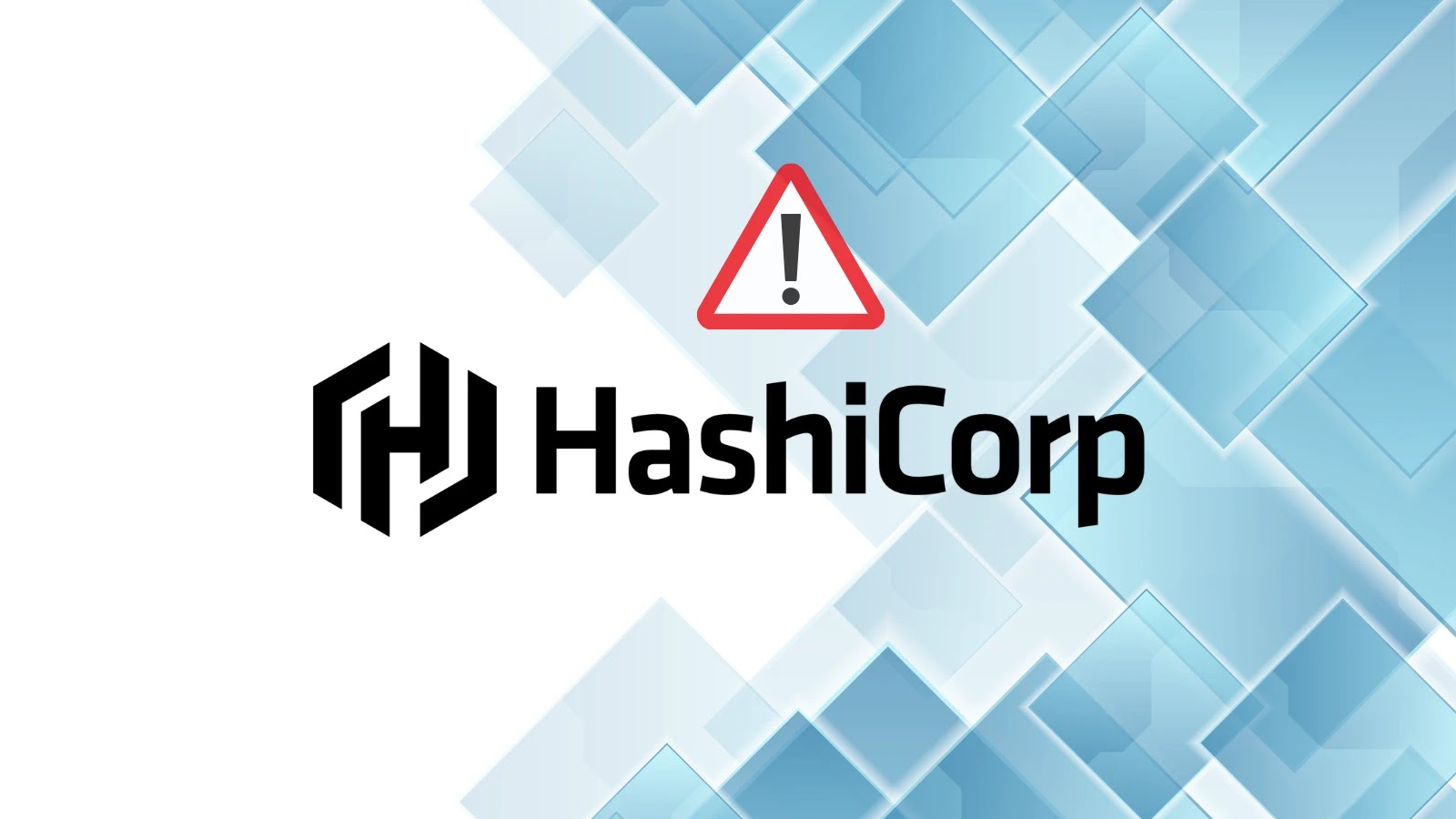In today’s rapidly evolving business environment, organizations are confronted with an expanding array of threats that are increasing in frequency, complexity, and potential impact. To effectively navigate these challenges, it’s imperative to develop a robust Business Continuity and Disaster Recovery (BCDR) strategy. Central to this strategy is conducting a comprehensive Business Impact Analysis (BIA), which serves as the foundation for resilient recovery planning.
Understanding Business Impact Analysis (BIA)
A Business Impact Analysis is a systematic process that identifies and evaluates the potential effects of disruptions on an organization’s operations. These disruptions can stem from various sources, including cyberattacks, natural disasters, or supply chain interruptions. The primary objectives of a BIA are to:
– Identify Critical Functions: Determine which business functions are essential for the organization’s survival and continued operations.
– Assess Potential Impacts: Evaluate the consequences of disruptions on these critical functions, considering factors such as financial loss, reputational damage, and operational downtime.
– Establish Recovery Priorities: Develop strategies to prioritize the resumption of critical functions to maintain core services during a crisis.
By conducting a BIA, organizations can set informed Recovery Time Objectives (RTOs) and Recovery Point Objectives (RPOs), ensuring that technological capabilities are aligned with identified risks and threats.
The Role of IT Leaders in BIA
While business continuity, risk, or compliance teams often spearhead the BIA process, IT leaders play a pivotal role in its execution. Their responsibilities include:
– Providing System Visibility: Offering insights into system dependencies and infrastructure across the organization.
– Validating Recovery Commitments: Assessing whether established RTO and RPO goals are achievable within the current infrastructure or if enhancements are necessary.
– Operationalizing Recovery Strategies: Selecting and configuring disaster recovery tools, automating failover processes, and integrating recovery plans into daily operations.
In small to medium-sized businesses or IT-led organizations, IT leaders may lead the BIA process due to their comprehensive understanding of operations, infrastructure, and business continuity. Their involvement ensures that the BIA transcends being a mere document and becomes an actionable recovery plan.
Identifying Threat Vectors
A thorough BIA requires an understanding of the various threats that could impact the organization. Key threat vectors to consider include:
– Cyberthreats: The increasing complexity and frequency of cyberattacks, such as ransomware and insider threats, necessitate robust defense mechanisms to prevent data loss and operational downtime.
– Natural Disasters: Events like hurricanes, wildfires, floods, and earthquakes can disrupt supply chains, data centers, and physical offices, leading to significant operational challenges.
– Operational Disruptions: Unexpected outages due to power failures, software bugs, or network downtime can halt daily operations if not adequately prepared for.
– Human Error: Accidental deletions or misconfigurations by employees can result in costly downtime and data loss.
– Regulatory and Compliance Risks: Data breaches and data loss can lead to financial penalties, legal issues, and compliance violations, affecting the organization’s reputation and bottom line.
Integrating BIA Insights into BCDR Strategies
To translate BIA insights into effective BCDR strategies, organizations should:
1. Develop Comprehensive Recovery Plans: Create detailed plans that outline the steps to recover critical functions identified in the BIA, ensuring minimal disruption during incidents.
2. Implement Redundant Systems: Establish backup systems and data centers in geographically diverse locations to mitigate the impact of localized disasters.
3. Conduct Regular Testing and Drills: Regularly test recovery plans through simulations and drills to identify gaps and ensure readiness.
4. Foster a Culture of Resilience: Educate employees on their roles during disruptions and promote a culture that prioritizes resilience and preparedness.
5. Monitor and Update Plans: Continuously monitor the threat landscape and update BCDR plans to address emerging risks and changes in the business environment.
Conclusion
In an era where threats are both diverse and dynamic, conducting a Business Impact Analysis is not just a best practice but a necessity for organizations aiming to build resilience. By understanding the potential impacts of various disruptions and integrating these insights into comprehensive BCDR strategies, businesses can ensure continuity, protect their assets, and maintain stakeholder trust in the face of adversity.



